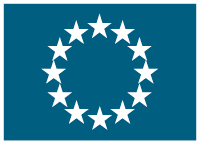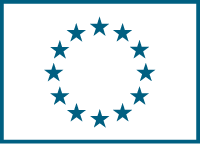Delivery of siRNAs to hematopoietic stem cells using nanoparticles
(RNAi in HSC via NP)
Date du début: 1 janv. 2010,
Date de fin: 31 déc. 2013
PROJET
TERMINÉ
RNA interference (RNAi) is a ubiquitous and highly specific, endogenous, evolutionarily conserved mechanism of gene silencing. Since the discovery that RNAi occurs in mammalian cells, RNAi has emerged as a powerful tool for elucidating gene function and identifying potential drug targets. Harnessing RNAi holds enormous promise for therapeutic use for diseases that have proven difficult to treat with conventional drugs. RNAi can also be exogenously activated either by transducing cells with vectors to express small hairpin RNAs (shRNA) or by introducing already processed short double-stranded RNAs (siRNAs) into the cytoplasm of cells. To realize the potential of siRNAs for in vivo drug discovery and therapy there is a need to overcome the considerable hurdle of intracellular delivery across the plasma membrane. siRNAs are not taken up into most cells in vitro in the absence of a transfection reagent. For many cells, mixing siRNAs at nanomolar concentrations with a lipid transfection can efficiently induce gene silencing. However, some important cells, including primary lymphocytes and hematopoietic stem cells, remain highly resistant to lipid transfection schemes.We have recently developed nanoparticles that target integrin b7 that is expressed on leukocytes involved in gut inflammation. Using this approach, we revealed cyclin D1 to be a potential anti-inflammatory target in inflammatory bowel diseases. The goal of this proposal is to explore the hypothesis that targeted nanoparticles entrapping siRNAs can be developed to induce in vivo gene silencing in hematopoietic stem cells. Using this strategy, we plan to identify key genes responsible for pluripotent hematopoietic stem cells (pHSC) self-renewal properties. This will provide a powerful technique to investigate the contribution of individual genes in maintaining the phenotypic and functional properties of pHSC, and ultimately may provide a way to improve engraftment during bone marrow transplantation.
Accédez au prémier réseau pour la cooperation européenne
Se connecter
ou
Créer un compte
Pour accéder à toutes les informations disponibles
Coordinateur
TEL AVIV UNIVERSITY
€ 100 000,00- Lea Pais
- RAMAT AVIV 69978 TEL AVIV (Israel)
Details
- 100% € 100 000,00
-
 FP7-PEOPLE
FP7-PEOPLE
- Projet sur CORDIS platform



